

The tea contains a mix of 8 types of herbs and rose petals picked up from the ecologically pure
highlands of Armenia. This herbal mix is useful at cardiovascular diseases, it removes toxins from
organism, regulates nervous system and reduces the level of cholesterol in blood. It is recommended
at insomnia.
Ingredients: thyme, mint, chicory, hypericum, helichrysum, cephalaria,
quince and
raspberry leaves,rose petals.
Preparation method: put 1 teaspoon of loose tea into 200 ml of boiled water
and leave
it for 5-7 minutes.
Storage method: store in a cool and dry place in the temperature of up to
20oC and
relativehumidity above 70%.
Each pack of tea contains 5 tea filter bags.
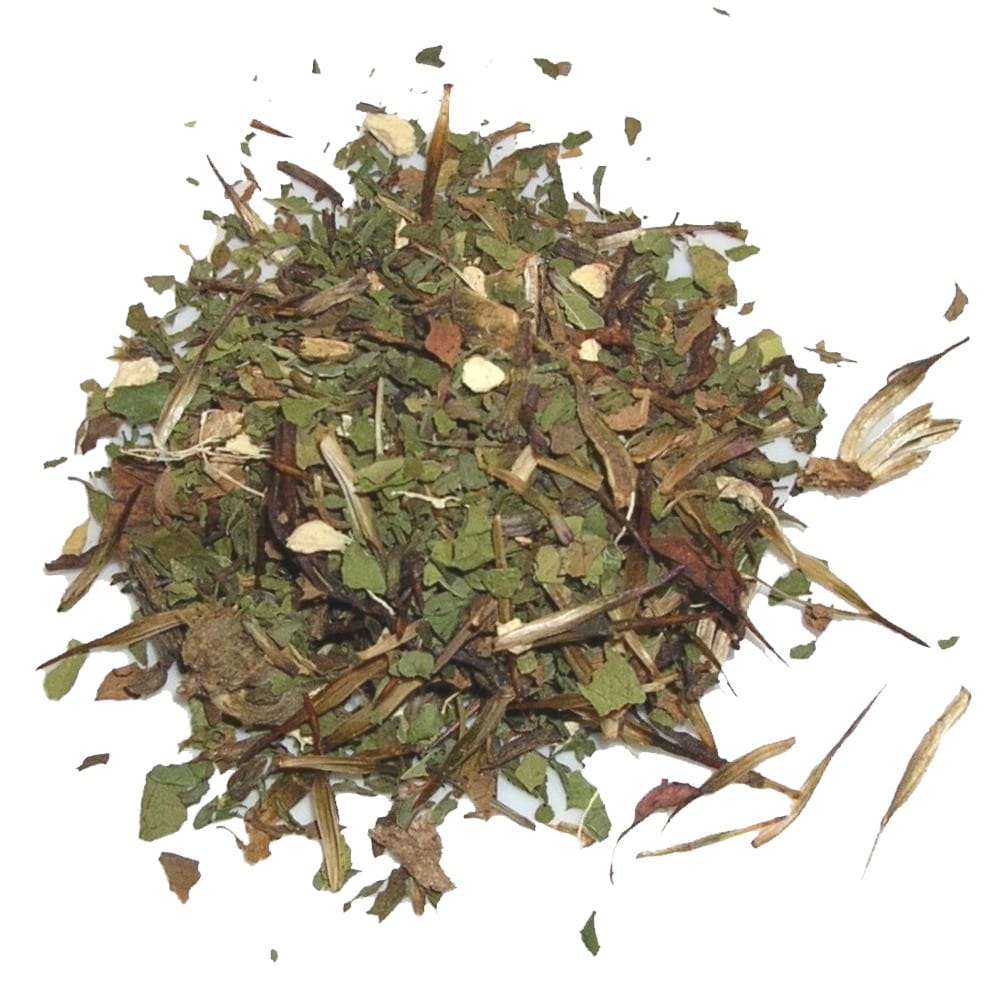
Perennial plant with a multi-branch stem, the flowers are light yellow, growing in the mountain belt. It is effective in diseases of cardiovascular and respiratory organs.
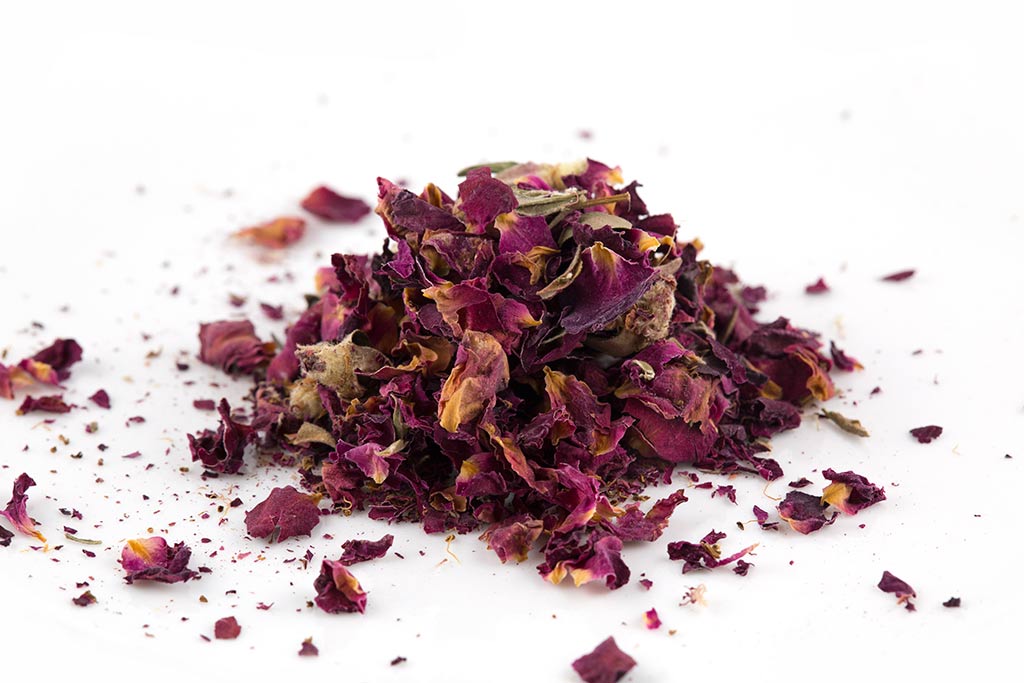
Rose is valued not only for beauty and perfume, but also for great healing properties. Rose's sheets are rich in vitamins and essential oils that have calming, bacterial, anti-inflammatory, wound healing and antiseptic properties.
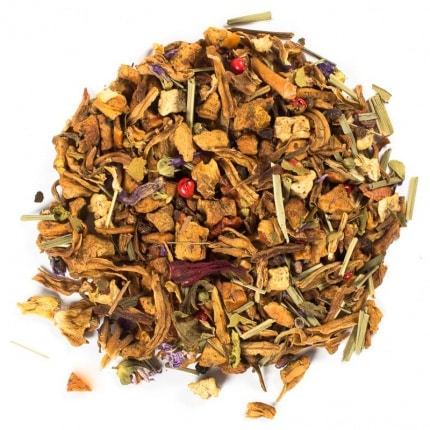
Quince was considered a symbol of love, beauty, fertility and family warmth. The juice from the Quince flowers can improve the vision of eye by dropping it in the eye.
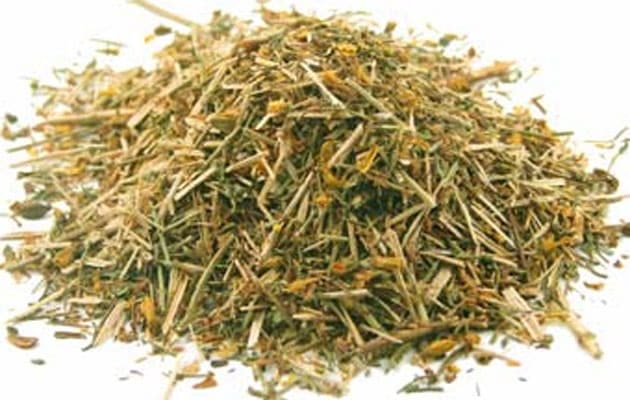
The herb contains glycosides, azulene, etheric oils, carotene, etc. For use cut all parts of the surface. The Hipericum is used in diseases of the liver and gallbladder.
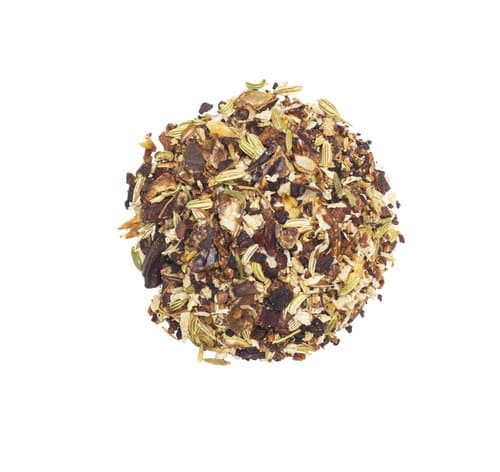
Chicory is known from the ancient times. Armenian medician Mkhitar Heratsi in his "Thermal Consolation" book has presented prescriptions wiyh chicory on healing for anemia, jaundice and swelling. Chicory helps to heal diabetes, stomach pain, liver, spleen, blood and kidney disease.
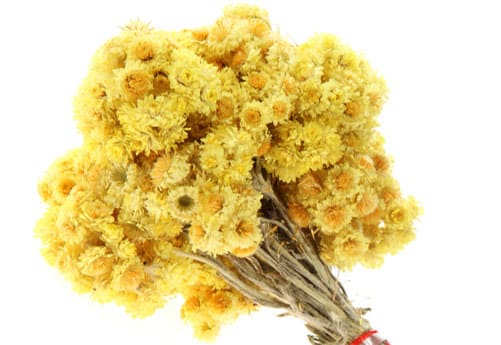
The tincture of herb,s flower gives therapeutic good results in inflammation of the gastrointestinal disorders , and during the diseases of the kidney stone and inflammation of nerves.

Thyme (Chabrze) is a unique herb, that is used by man from immemorial times. The plant flourishes from May to autumn, and the fruits grow in August-September. It is very valuable for its unique fragrance and strongest therapeutic antibacterial, wound healing, anesthetic, expectorant and a number of other features. It also regulates metabolism. Thyme improves appetite, strengthens production of gastric juice, promotes digestion, calms the abdomen pains. The wettings and bath relieve joints’, muscles’, nervous pains, and also treat skin diseases.
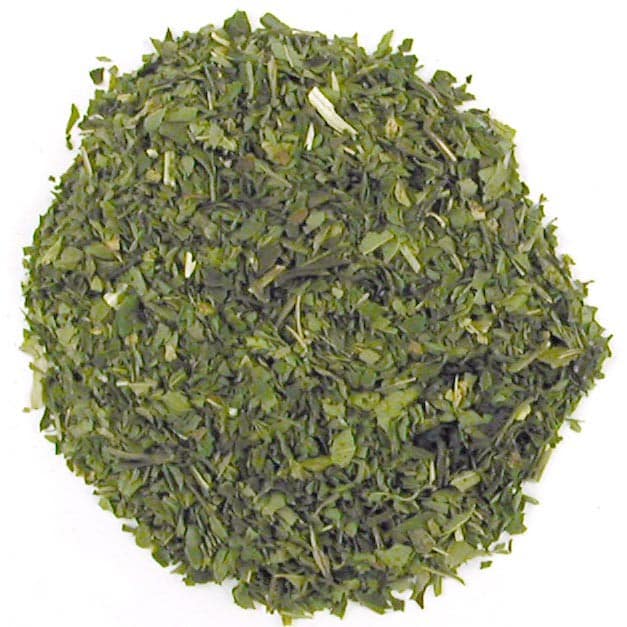
Mint was used in ancient times, believing in its power and even calling it "the grass of durability". The raw material collect during the flowering season, leave for several hours in the sun, then dry completely in a windy place. For treatment purposes are mainly used the herb leaves. This method is a good help to the gastrointestinal tract pains. Mint improves digestion. Reduces the pressure due to potassium content. One cup of tea reduces stress, eliminates depression. Mint leaves remove liver pains, headaches, stimulates heart activity.

For the treatment, mainly use the fruits, leaves and flowers of the plant. Leaves and flowers can be collected in June and July. Staples are thin, covered with sharp thorns. Raspberry has anti-inflammatory, fever redusing, sweating and digestive properties, strengthens the walls of blood vessels, it is recommended to include in the diet of patients that got infarct or insult.